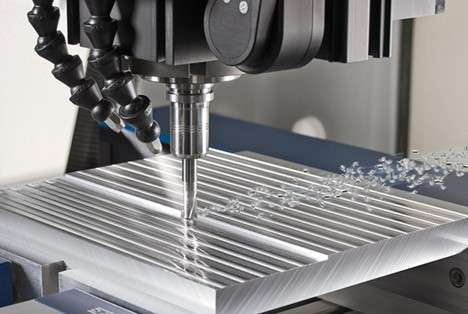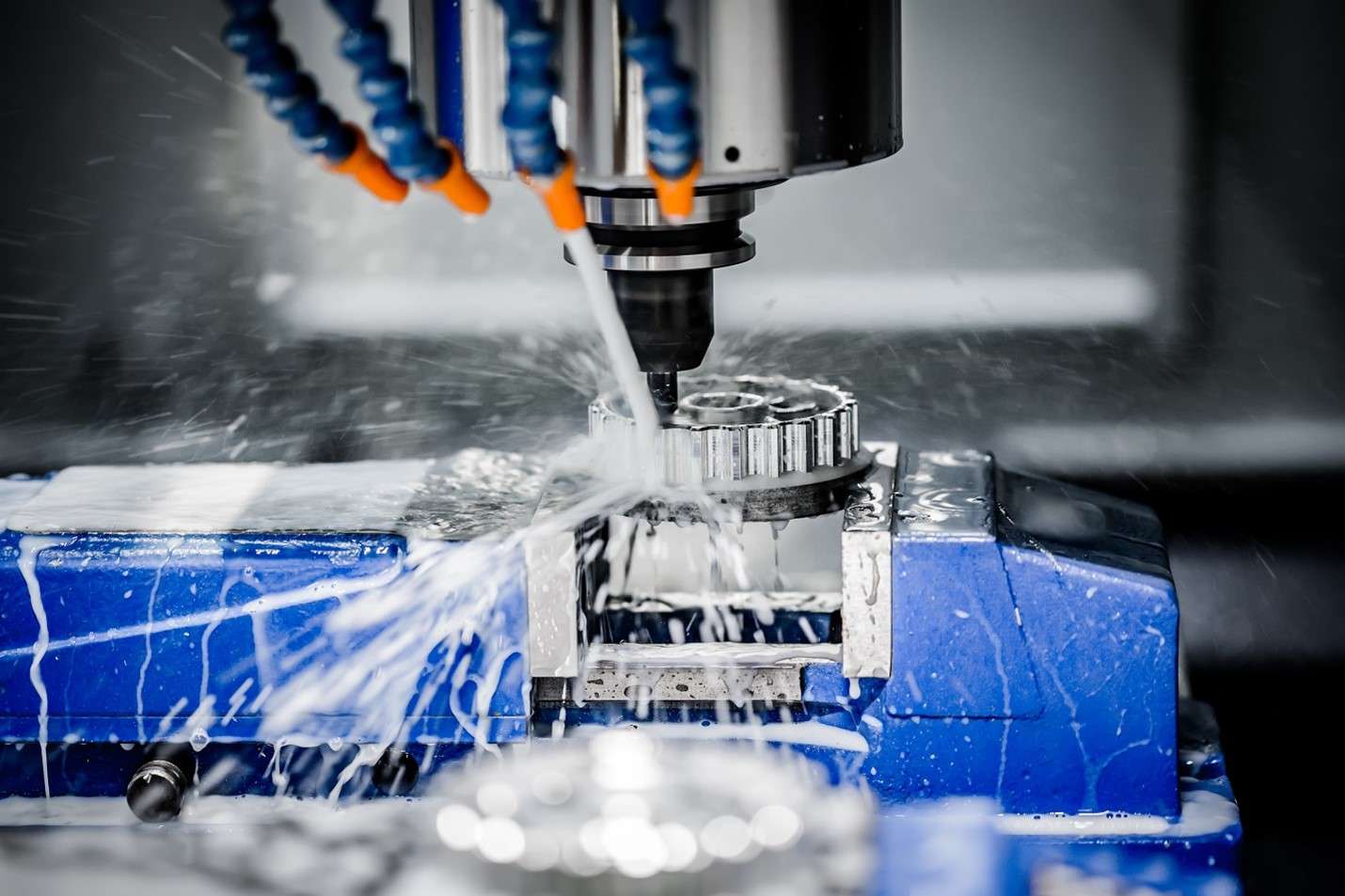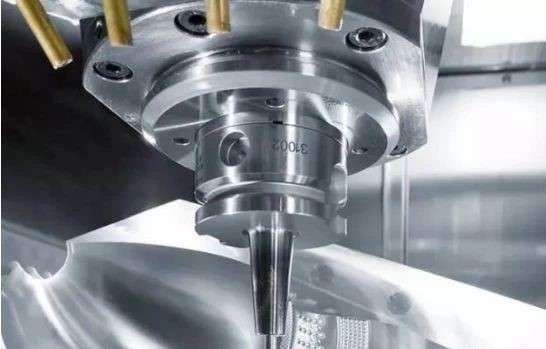In recent years, there has been a steady increase in interest in the innovation process and the purchase and study of new technologies in the machining industry. Global enterprises are more and more interested in precision complex high-precision machine tools with the possibility of multi-axis machining of parts.

High-Speed Precision Machining
High-speed machining (HSM) on such equipment is now becoming a key success factor for modern production. Time itself requires a constant increase in productivity and CNC machines and machining centers. A significant part of the new machines is already designed to operate with spindle speeds of 25 thousand revolutions per minute or more.
What benefits does high-speed precision machining bring?
The benefits of switching to HSM are undoubted – an increase in cutting speed by 20-25% reduces the cost of the final product by 15%! But in high-speed milling, cutting speeds, and feeds are 5-10 times higher, than with conventional processing and are thus in the range of 2 to 20 m/min.
High spindle speeds and high dynamics of the feed mechanisms in turn place very stringent demands on the clamping of the tool in the machine in terms of precision, reliability, and rigidity. These requirements are met by machine parts such as shrink sleeves. The undeniable advantage of this shrink joint, in which its constituent parts work as a whole, is that this joint can be assembled and disassembled almost an infinite number of times.
The Growing Demand for Hydraulic Clamping
The growing demands on the accuracy of workpiece processing require the development of other methods for precision fixing the tool on the machine. Hydraulic clamping elements fully comply with the requirements for high-precision equipment of a new generation.
Hydraulic clamping elements select all gaps between the tool and the spindle. The minimum radial run-out and tool balance achieved here is a prerequisite for high-precision machining and long tool life.
Optimal Speed for a Given Metal
An important factor is the magnitude of the tool feed rate. The new geometry of the cutting inserts of milling and turning tools allows increasing feed rates by 3-5 times up to 3 mm per revolution, which increases metal removal, despite the fact that the depth of cut is 1-2 mm.
One of the conditions for high-speed machining and simply high-speed machining is that a small amount of removal is necessary to obtain good surface quality and avoid damage to the surface of the workpiece or tool.
This is not so easy to ensure due to the peculiarities of domestic production. As a result, due to individual sections, it is necessary to underestimate the speed on the entire surface. It turns out to be more profitable to mill at a lower speed, but with a greater depth of cut, the machines are not used at full capacity, and the processing time of the part increases.
The ideal approach is to lower it into a pre-drilled hole, but this is not always possible and convenient. In these cases, the cutter is lowered in a spiral or zigzag. In such places, it is also necessary to reduce the speed in order to avoid tool breakage.
Which is the optimal speed for precision machining?

Suitable Spindle Speed
The solution to these problems is to reduce the speed in places of large material removal, cutter lowering, etc. while maintaining a high speed of the entire program. Thus, an integral effect of the HSM is achieved – a reduction in machine time due to the intensification of cutting conditions, a general simplification of the production process, and an increase in the quality of processing.
In these cases, the cutter is lowered in a spiral or zigzag. In such places, it is also necessary to reduce the speed to avoid tool breakage. The solution to these problems is to reduce the speed in places of large material removal, cutter lowering, etc. while maintaining a high speed of the entire program.
Thus, an integral effect of the HSM is achieved – a reduction in machine time due to the intensification of cutting conditions, a general simplification of the production process, and an increase in the quality of processing. In these cases, the cutter is lowered in a spiral or zigzag. In such places, it is also necessary to reduce the speed in order to avoid tool breakage.
However, the latter requirement is becoming less and less relevant with the advent of new types of hardened steel milling cutters, whose manufacturers recommend maintaining the usual depth of cut while meeting the other requirements for HSM (in particular, fine pitch).
Features of High-Speed Milling

High-Speed Milling Advantages
The main difficulties of high-speed milling in the field of milling are associated with the organization of uniform stock removal and uniformity of cutting parameters. If you increase the feed rate by 5-10 times, as is the case with high-speed milling, then the temperature of the cutters increases only slightly.
The reason for this is that the feed rate exceeds the heat conduction rate of the base material being cut. The cutter “outstrips” the spread of heat, the main part of which is removed with chips. The same can be said about the cutter when turning.
With the growth of processing speeds, the requirements for the tooling used in the operation of the equipment increases also. This is especially important for milling. In high-speed machining, the reduction of runout to a few microns increases the service life of the cutting inserts by several times. So, for high-speed processing, modern thermal chucks, hydraulic chucks, and balanced chucks (clamps) are produced that allow you to work at speeds up to 100,000 rpm.
Usually, HSM is carried out in the supercritical range for vibrations, because everywhere at such high rotational speeds, which are used in high-speed milling, the resonance frequencies of the workpiece, tool, and machine components are significantly exceeded.
A feature of high-speed milling is the need to use only special high-speed tool spindles required for such a high rotational speed, as a result of which only small diameter tools, from 15 to 20 mm, can be used for HSM.
Equipment Requirements
For the successful application of HSS, all components of the equipment (machine, tool, workpiece fixture, CNC computer system, control program) must function smoothly and without failures. The same requirement applies to the qualifications of service personnel. If at least one component turns out to be a “weak link”, this will lead not only to damage to the workpiece but also to the failure of expensive equipment.
Consider the requirements for each component of the system separately:
- The machine tool must maintain a speed of about 12-25 thousand rpm, and also have a reliable spindle cooling system. All machine components must have high rigidity and the ability to maintain a stable thermal regime.
- Cutting tool – must have increased durability and strength. As a rule, modern manufacturers produce special models of cutters for high-speed cutting and indicate the recommended cutting conditions for them.
- The auxiliary tool must be strictly within the tolerances since the slightest deviations in dimensions at high-speed cause beats, the vibration energy of which is commensurate with the cutting forces! Therefore, specially balanced chucks or shrink-fit collets should be used to mount cutters.
Milling conditions to Avoid Vibration in High-Speed Precision Machining
Given the importance of avoiding vibrations during HSM, for each workpiece-tool combination, ideal machining conditions can only be found experimentally. The best tool life was noted when replacing water cooling with an air jet blowing system for the cutter.
As mentioned above, in HSC, the main heat flux is removed from the chips. Therefore, the ability of the cooling system to remove chips from the cutting area will significantly impact the cutting tool’s surface finish and wear resistance.
What has been said above applies entirely to the mechanical part, i.e., the machine and tools. However, the electronic components and the software part have no less impact on the quality of products during HSM.
CNC system – must have a margin of speed, including being able to “look ahead” and calculate in advance (at a speed of about 100-200 frames per second) the movement in order to slow down the tool in time before the corner and then accelerate it again – up to the next “turn” of the cutter path.
Summary
It should be noted that the introduction of precision-adjusted cutter movement algorithms into the practice of “ordinary” low-speed machining significantly improves the quality of manufactured products. That is why there is constant attention to the improvement of machining to enhance the processing process and more fully unlock the potential of modern CNC equipment.
If you need any CNC machining service, please feel free to contact us, our engineer term has many years of experience in this field. And we are able to provide high-tolerance parts at affordable prices.




0 Comments